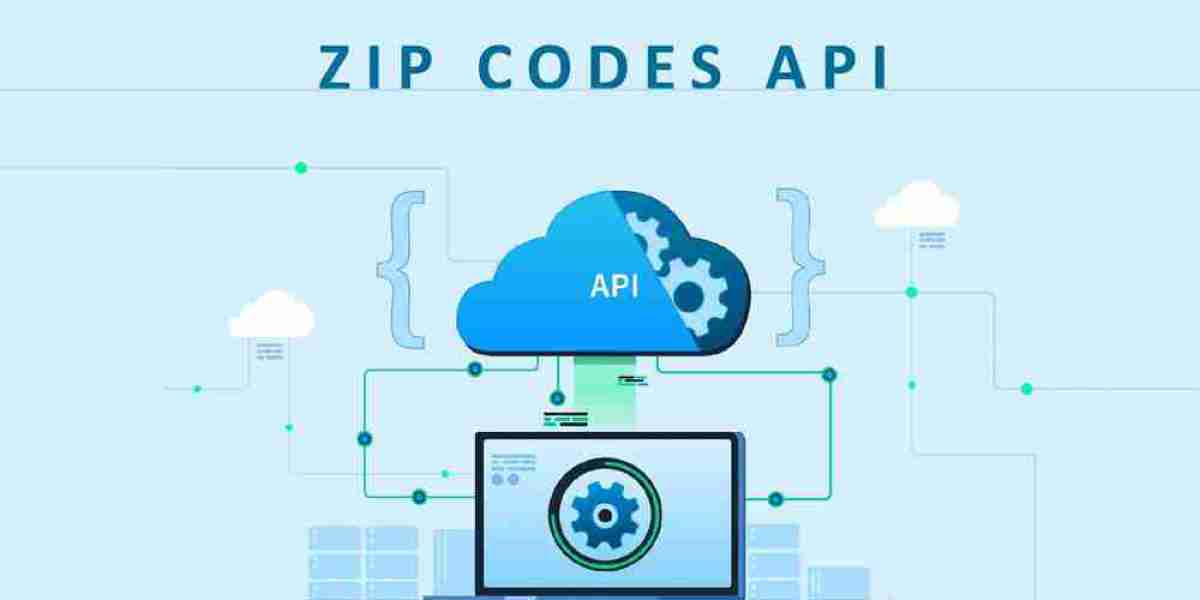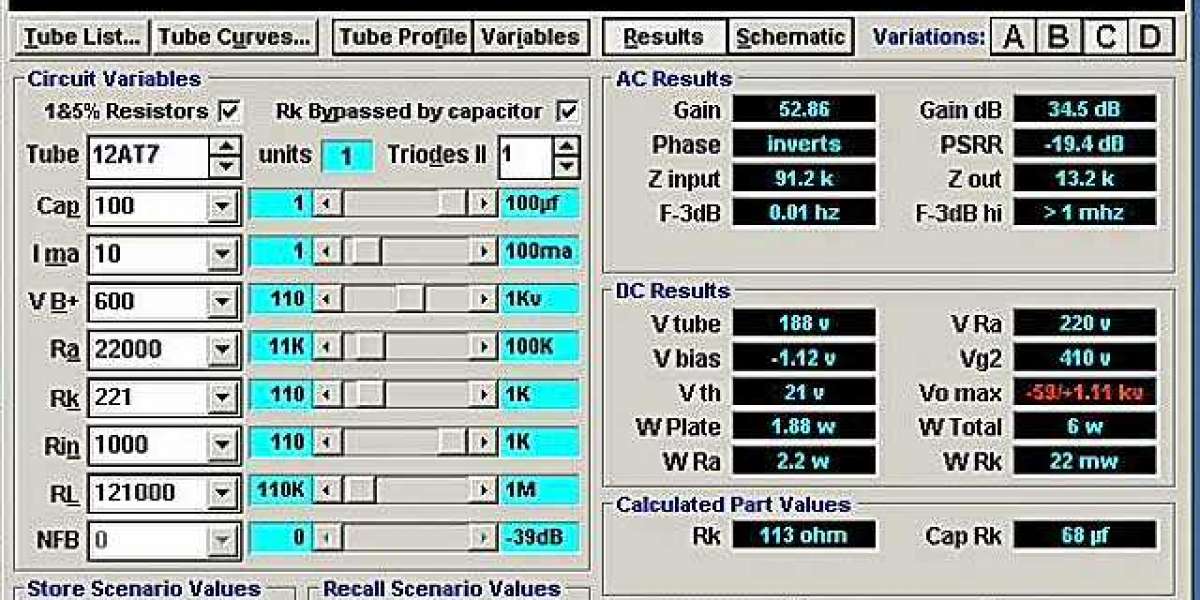Introduction
Postal Code APIs are vital for applications that require geographic data, especially for verifying user addresses, localizing content, or validating deliveries. For developers,postal code API free offers a great starting point, balancing functionality without immediate costs. This article explores the top free options for postal code APIs, helping developers select the right tool for retrieving and validating postal codes effectively.
Why Choose a Free Postal Code API?
Choosing a free postal code API makes sense for projects needing essential geographic data without budget commitments. Free APIs are ideal for:
Budget-conscious developers in startups or small businesses.
Experimentation and testing for app development stages.
Basic geographic data requirements where extensive features aren’t needed.
Free options often cover the essentials, like zip code lookup, validation, and some geographical context, allowing developers to integrate valuable features into applications at no cost.
Key Features to Look for in a Postal Code API
Not all postal code APIs offer the same features, so understanding your needs will help you choose the most suitable one. Here are some key features to look for:
1. Global Coverage
Ensure the API has global coverage, especially if your application serves users internationally. APIs with a limited database may not support postal codes from all countries, affecting user experience in certain regions.
2. Data Accuracy and Regular Updates
Accurate data is essential to avoid location-based errors, particularly for delivery and verification services. Look for APIs that state frequent data updates, especially if they pull from reliable sources like government databases.
3. Rate Limits and Usage Quotas
Most free APIs impose rate limits and usage quotas. Be clear on your application's expected request volume to ensure the API can handle it without disruptions. Exceeding the limit often means service interruptions or additional fees.
4. Additional Geographical Information
Some APIs provide extended details like city names, country codes, latitude, and longitude. These can enhance applications that require more than just basic postal code validation, such as map integrations or regional analytics.
5. Response Time and Reliability
For applications with a significant user base, response time is critical. Consider APIs that guarantee fast, reliable responses to ensure seamless user experience.
Comparison of Popular Free Postal Code APIs
Here’s a comparison of some popular free postal code APIs, covering their features, limits, and potential use cases.
1. Postcodes.io
Coverage: UK only
Key Features: Validates and returns detailed data about UK postcodes, including latitude, longitude, constituency, and administrative region.
Limits: Free with generous rate limits, but only for UK postal codes.
Best For: Apps focused on UK audiences requiring extensive regional data.
2. Geoapify Postal Code API
Coverage: Global
Key Features: Provides location-based data with country, city, administrative divisions, and postal codes. Supports JSON and XML formats.
Limits: Free tier with limited requests per day.
Best For: Apps with global user bases needing basic location data and easy-to-integrate API responses.
3. Zippopotam.us
Coverage: Global, though some countries have limited data
Key Features: Returns city and state data based on postal code input; supports various formats.
Limits: Free with usage limits and designed for lightweight projects.
Best For: Applications with minimal postal code lookup needs, such as simple location verification.
4. Positionstack
Coverage: Global
Key Features: Robust data with details like city, region, postal code, country, and coordinates. Offers a free tier with various request limits.
Limits: Limited to around 25,000 requests per month for the free tier.
Best For: Larger projects needing higher request limits and more comprehensive geographic details.
5. SmartyStreets
Coverage: Primarily US, but offers some international support
Key Features: Validates and standardizes US postal codes, with partial support for international codes. Also offers address verification.
Limits: Free plan with limited monthly requests.
Best For: Applications focused on US-based address verification with postal code validation.
Choosing the Right Postal Code API Service for Your Needs
When selecting a postal code API, consider the following criteria:
1. Target User Location
If your application primarily serves users in a specific country, an API like Postcodes.io (UK) or SmartyStreets (US) could offer detailed, accurate data with relevant postal code formats. For global audiences, Geoapify and Positionstack are more suitable.
2. Required Data Depth
For applications that require more than just postal code validation—such as latitude, longitude, or administrative regions—Positionstack or Geoapify would be better options. For simple location data or verification needs, Zippopotam.us or a country-specific API could suffice.
3. Scalability and Future Growth
If your application is expected to grow, consider APIs that offer scalability with affordable pricing tiers once your free limits are exceeded. Positionstack and SmartyStreets are both reliable, scalable options with paid plans.
4. Integration Requirements
APIs that offer JSON or XML formats are generally easy to integrate with most applications. Before selecting an API, review its documentation for clear instructions, code examples, and SDKs (if available) to streamline the integration process.
5. Budget Considerations
Even free APIs have limits, so evaluate how your projected usage aligns with the API’s free tier. Exceeding quotas on APIs with flexible pricing will allow your app to grow without sudden changes.
Conclusion
Free postal code API are invaluable for developers who need to incorporate location data affordably and efficiently. Each API has distinct advantages, whether it’s the UK-focused depth of Postcodes.io, the global reach of Geoapify and Positionstack, or the simplicity of Zippopotam.us. Evaluate your application’s geographic coverage needs, data requirements, and budget before selecting the right postal code API. Using the right postal code API can significantly enhance data accuracy, location-based features, and overall user experience for your project.














